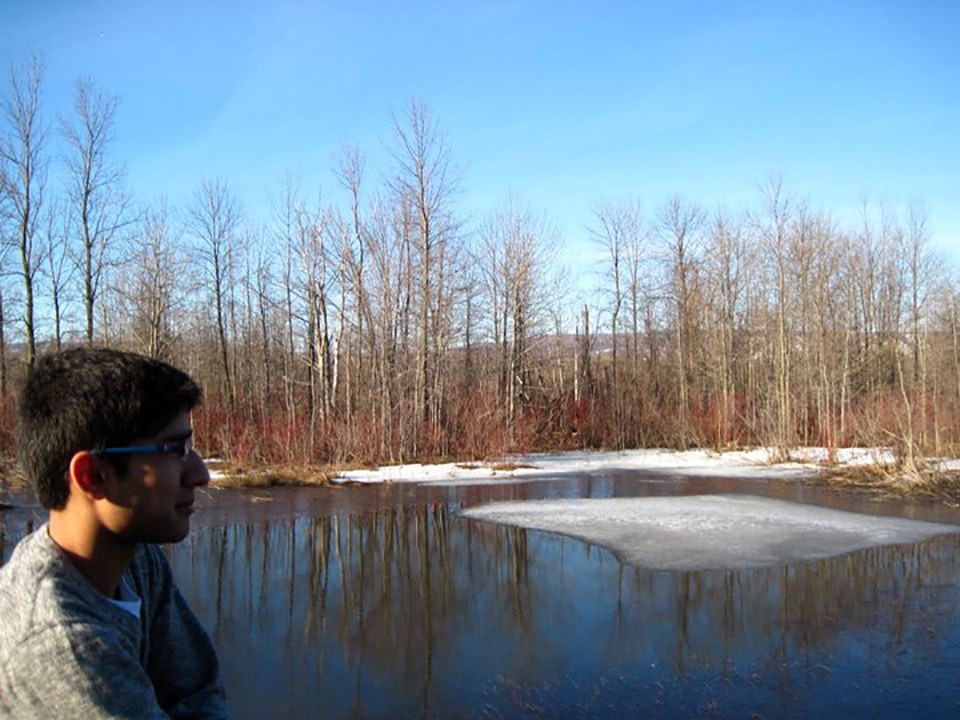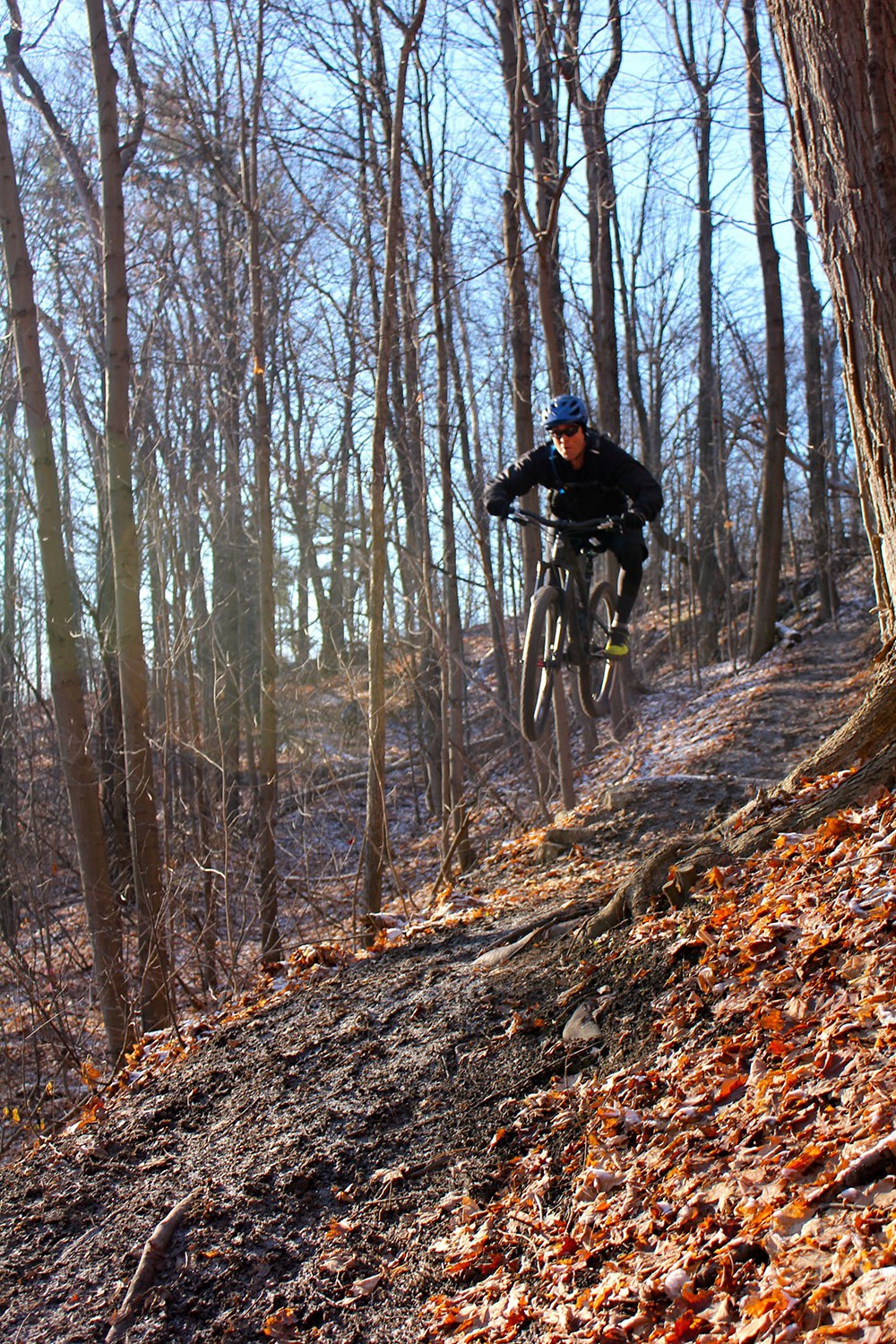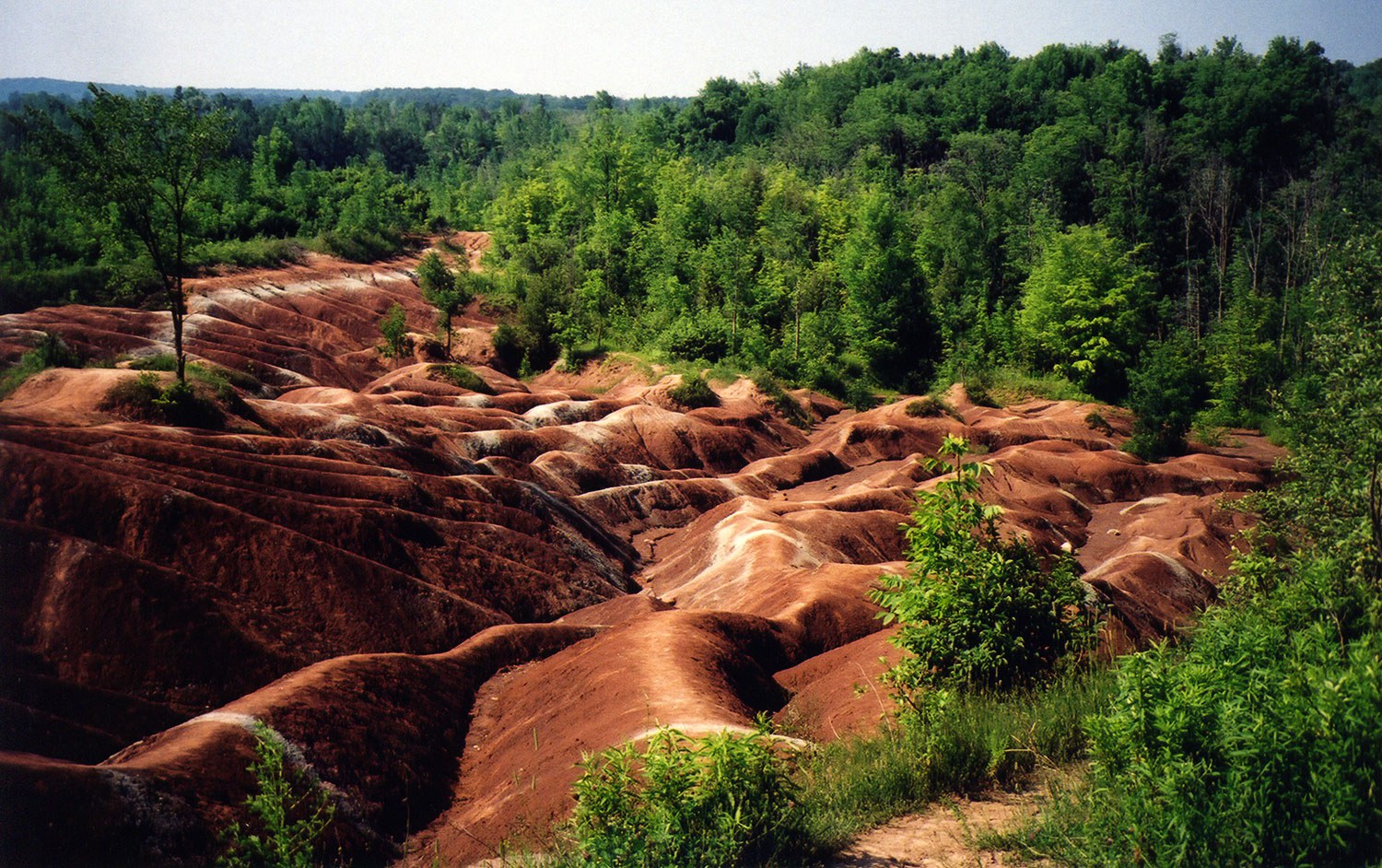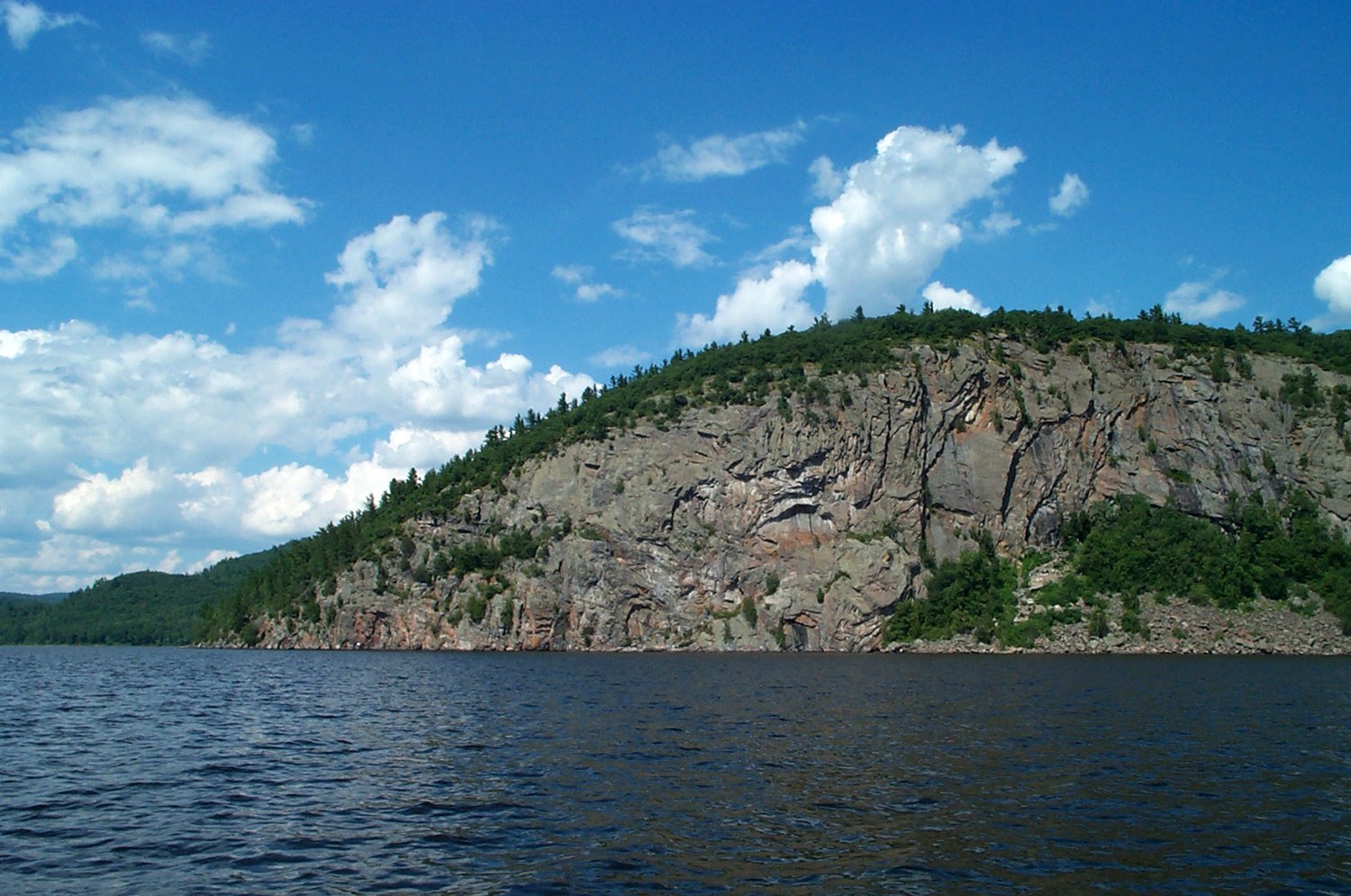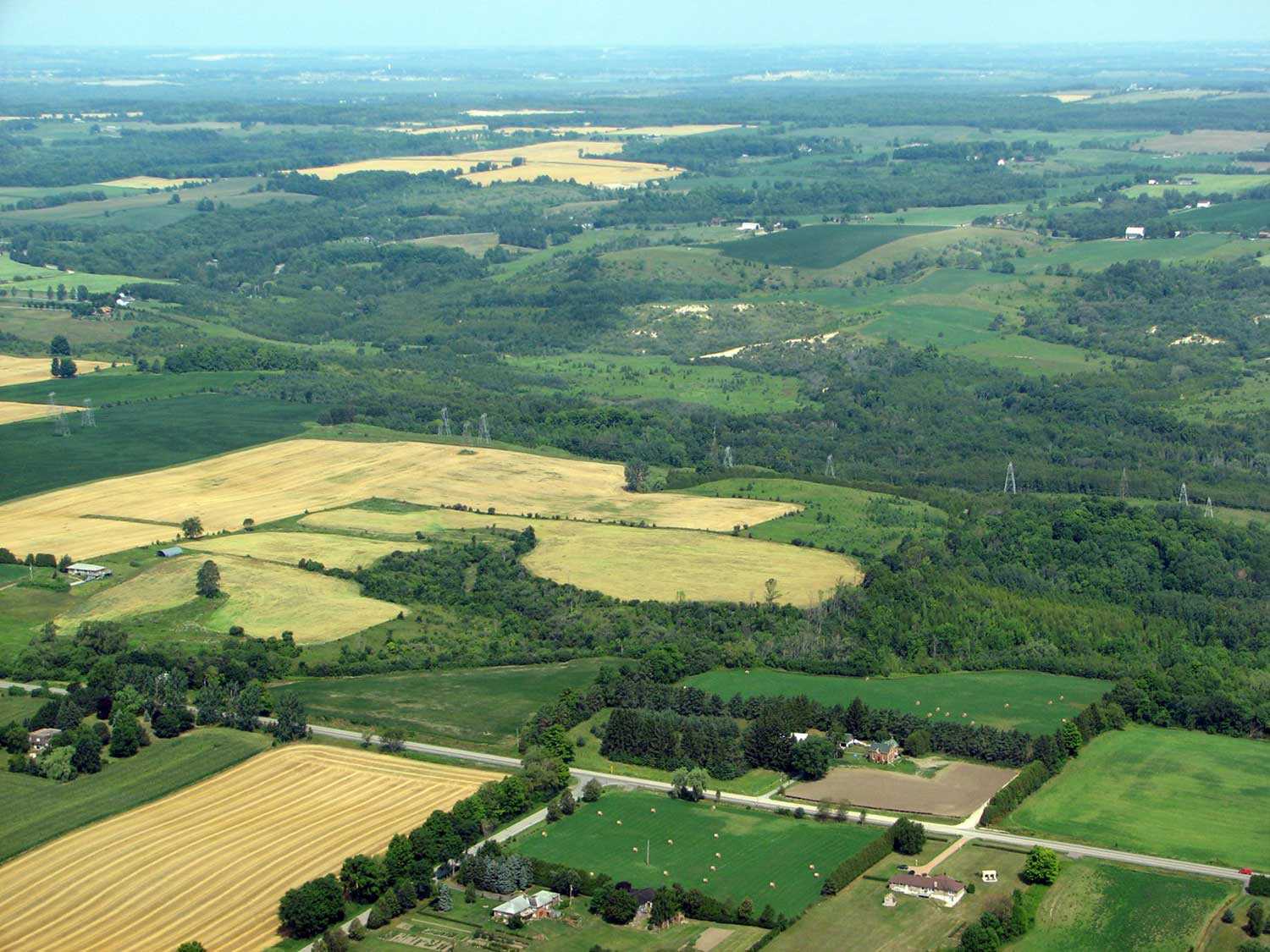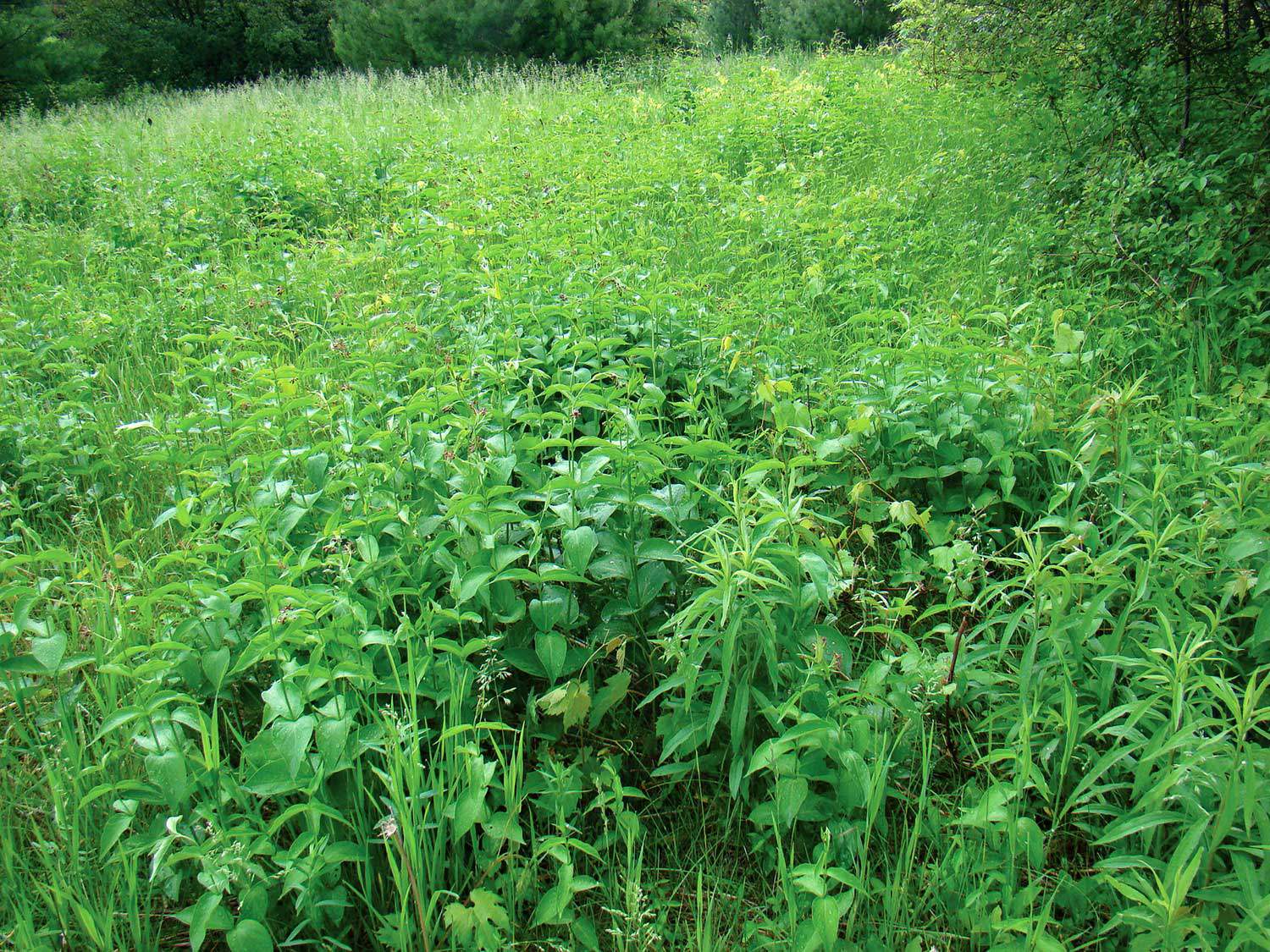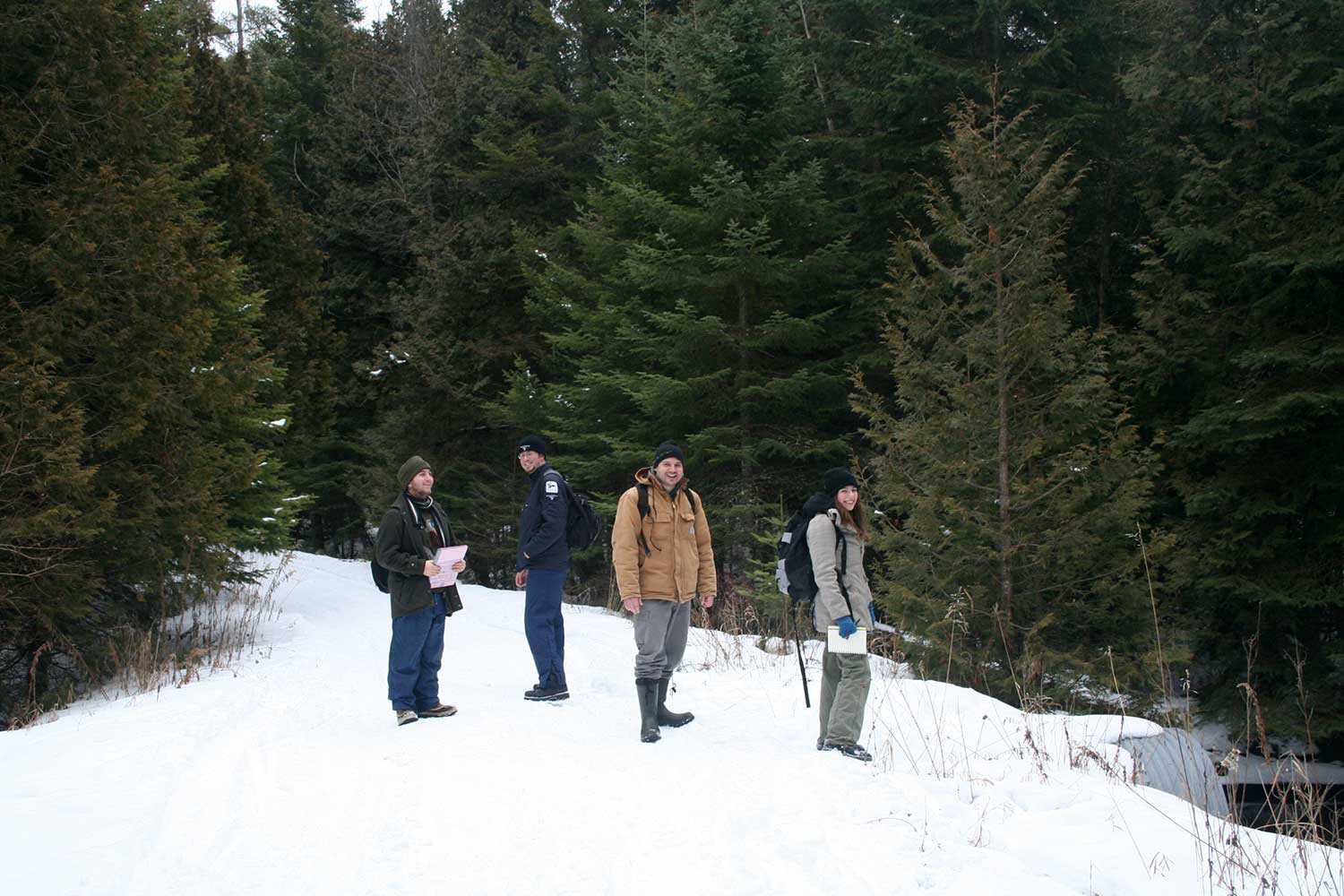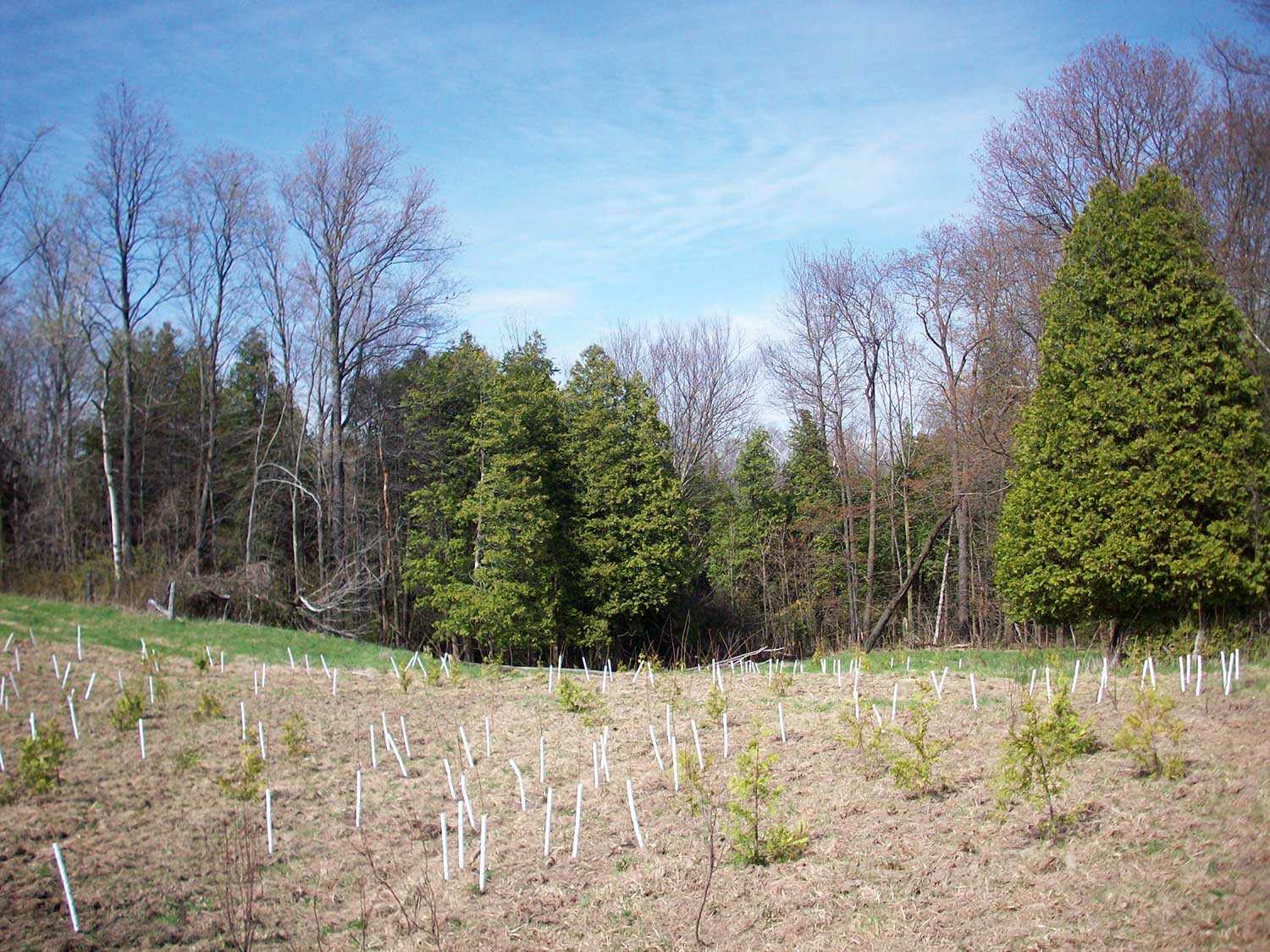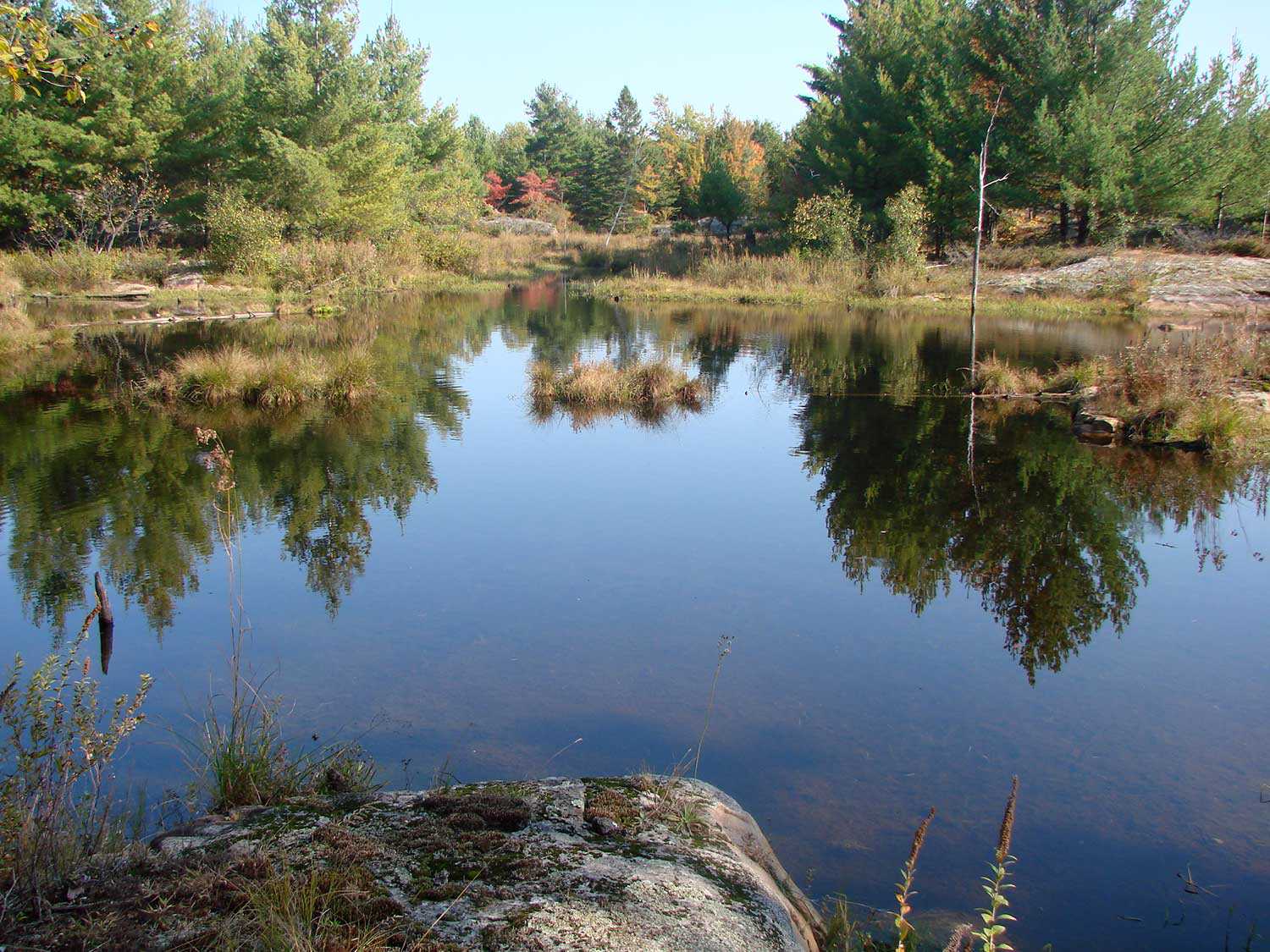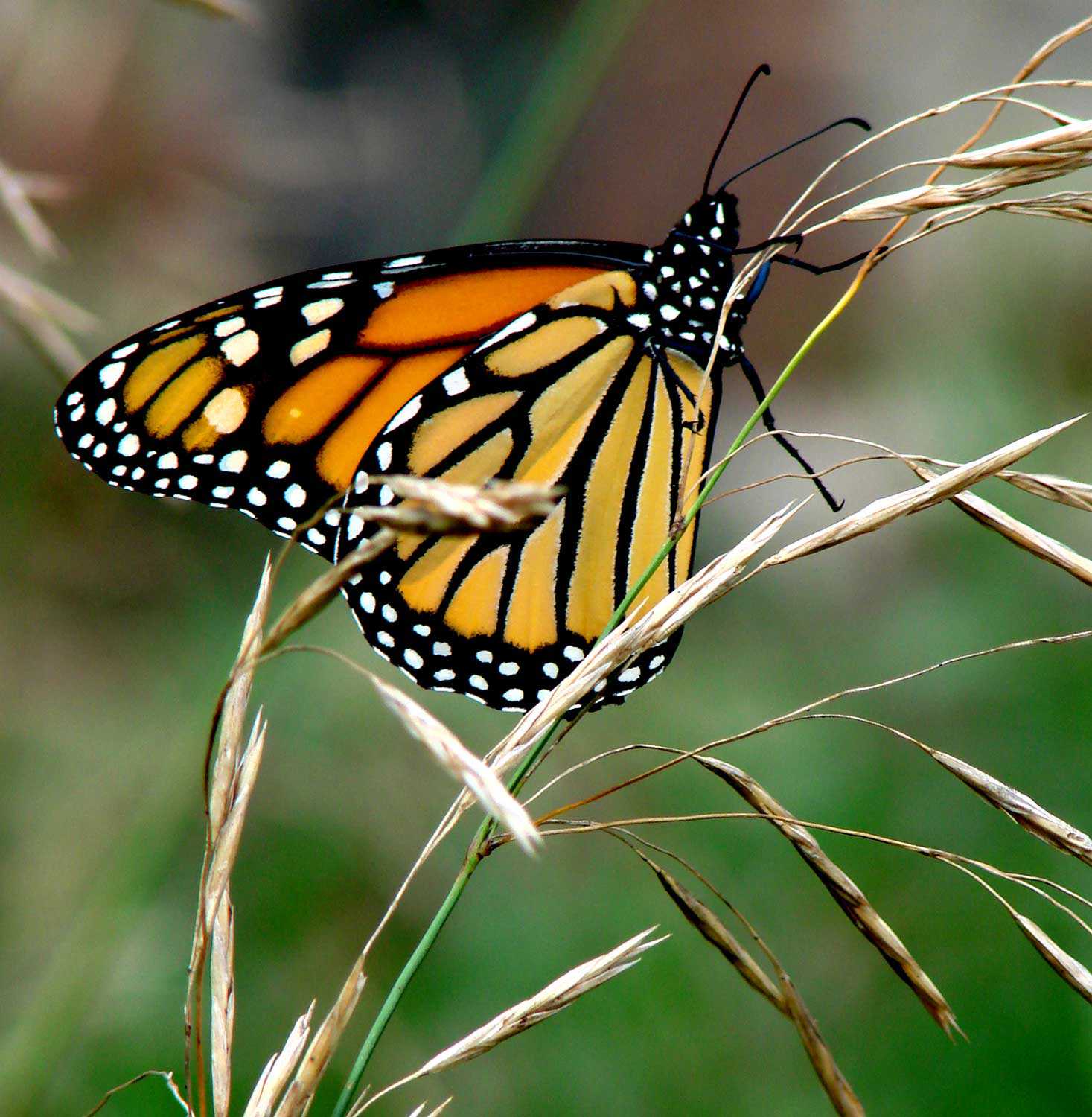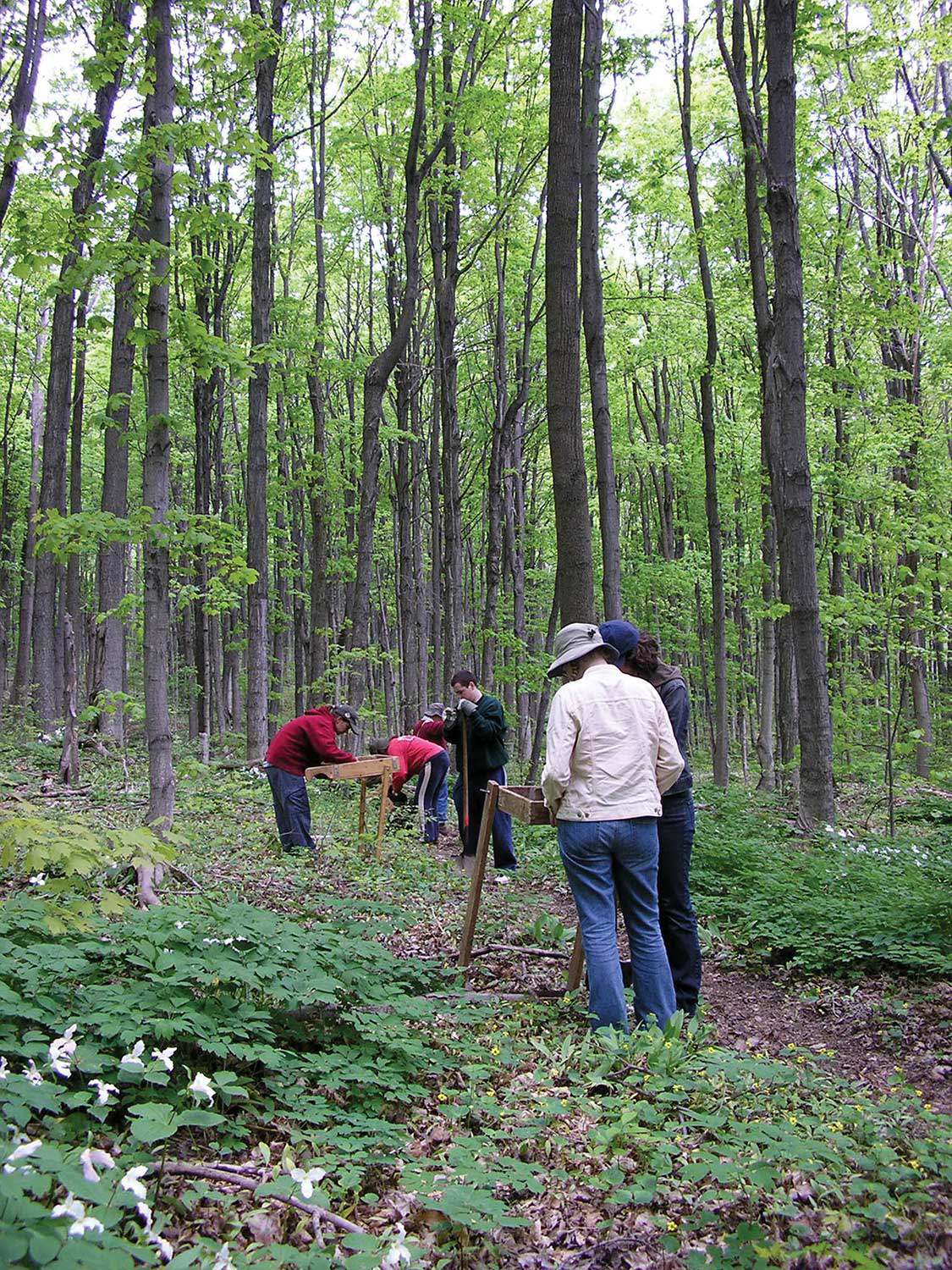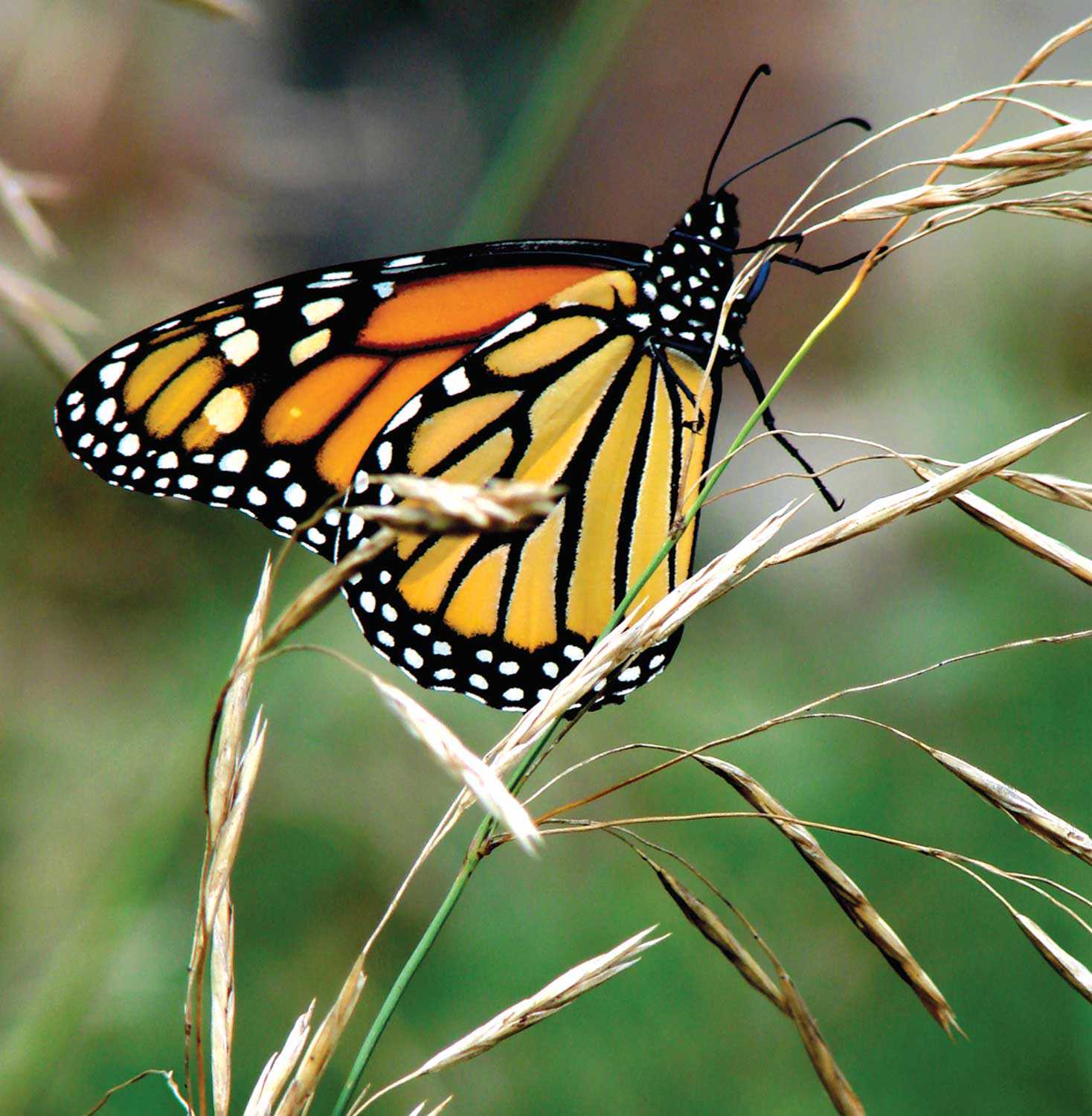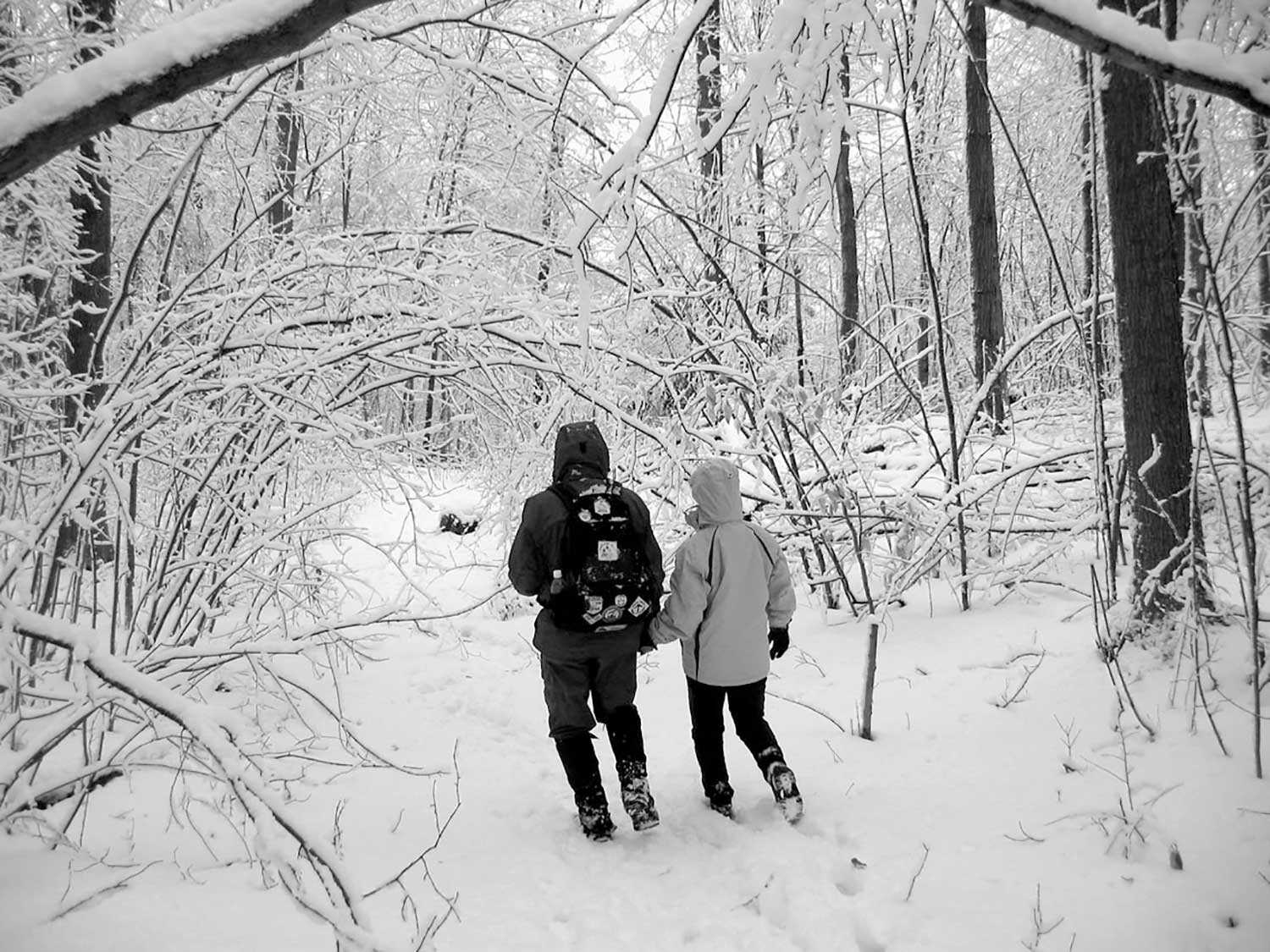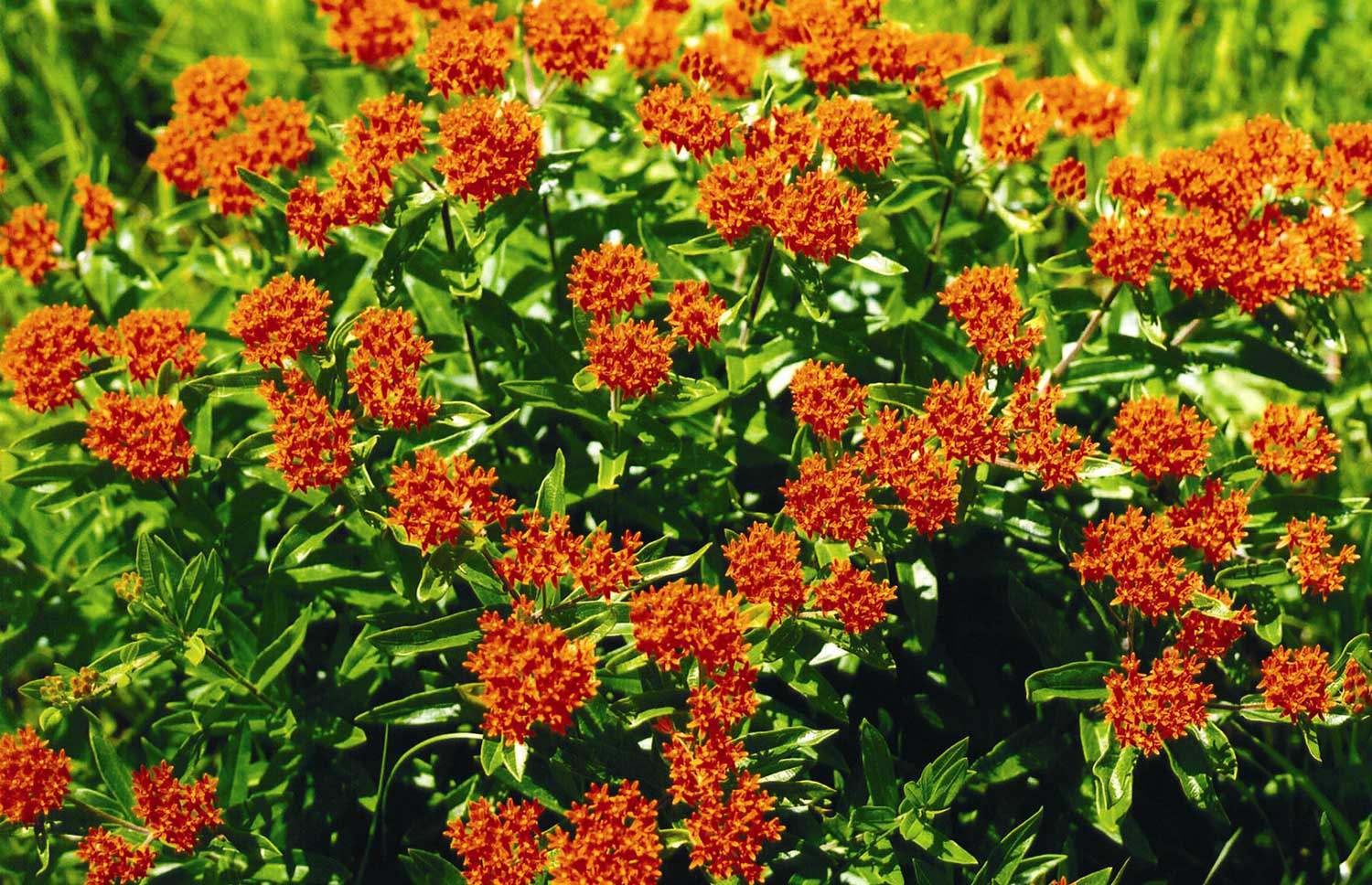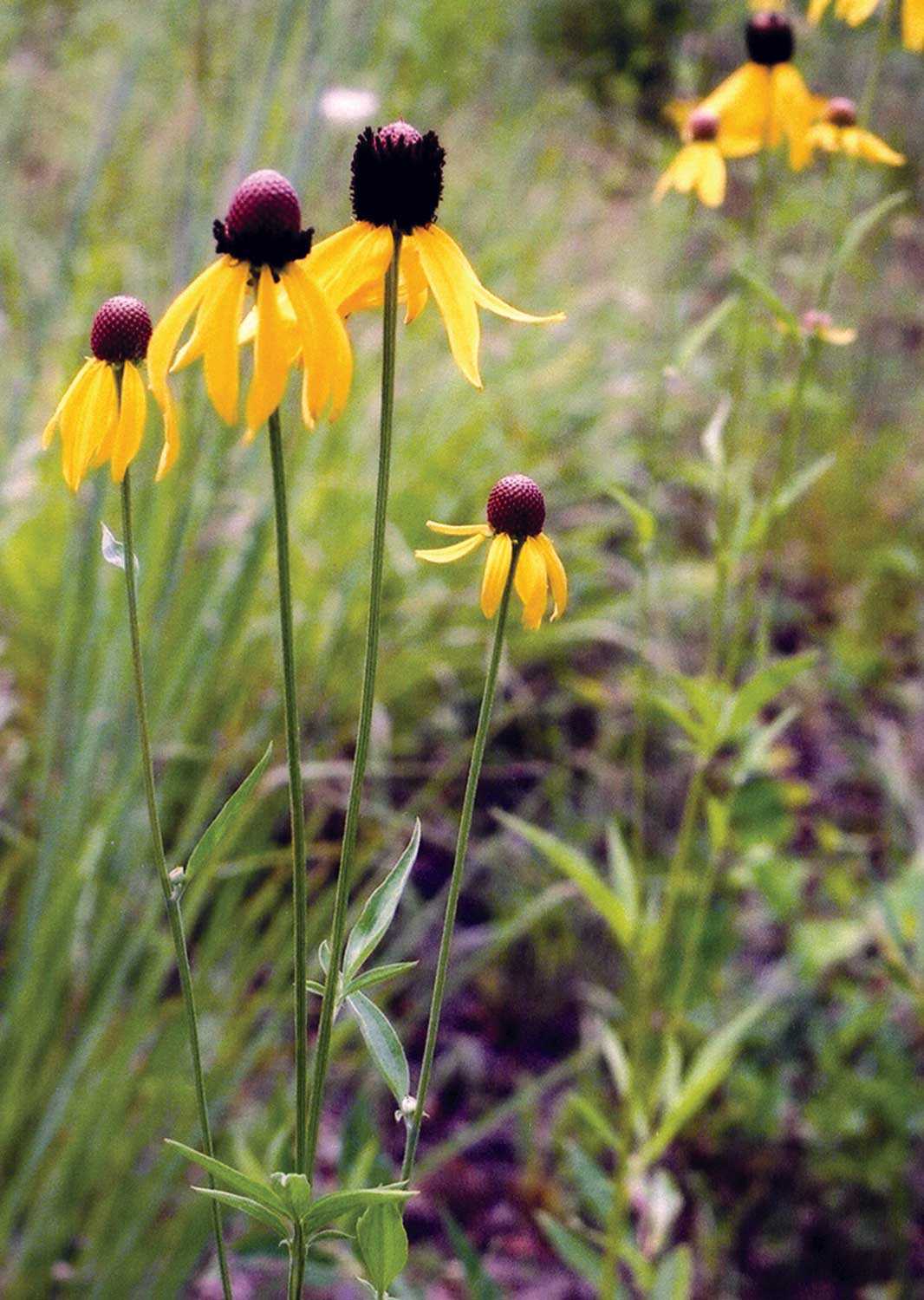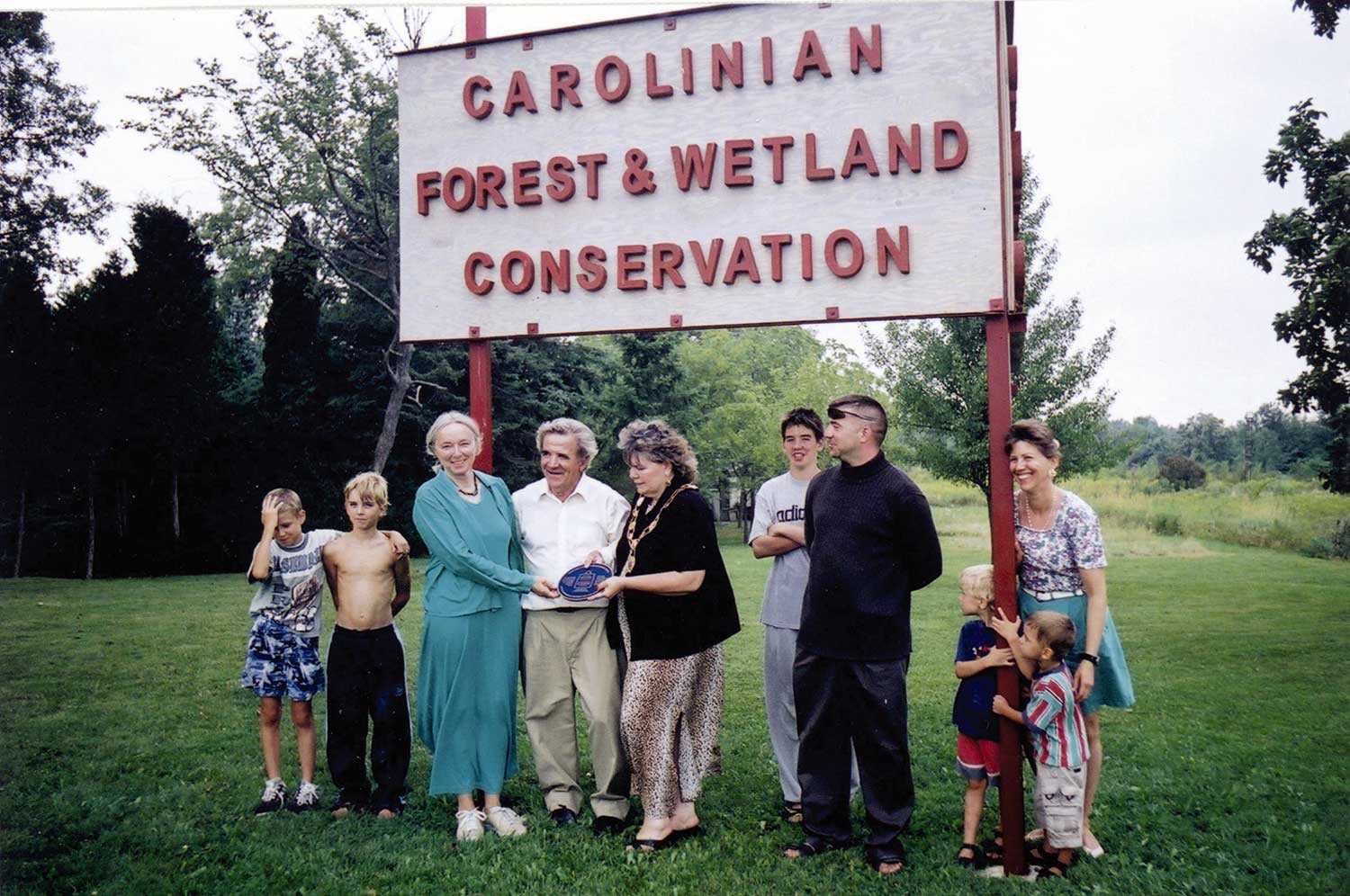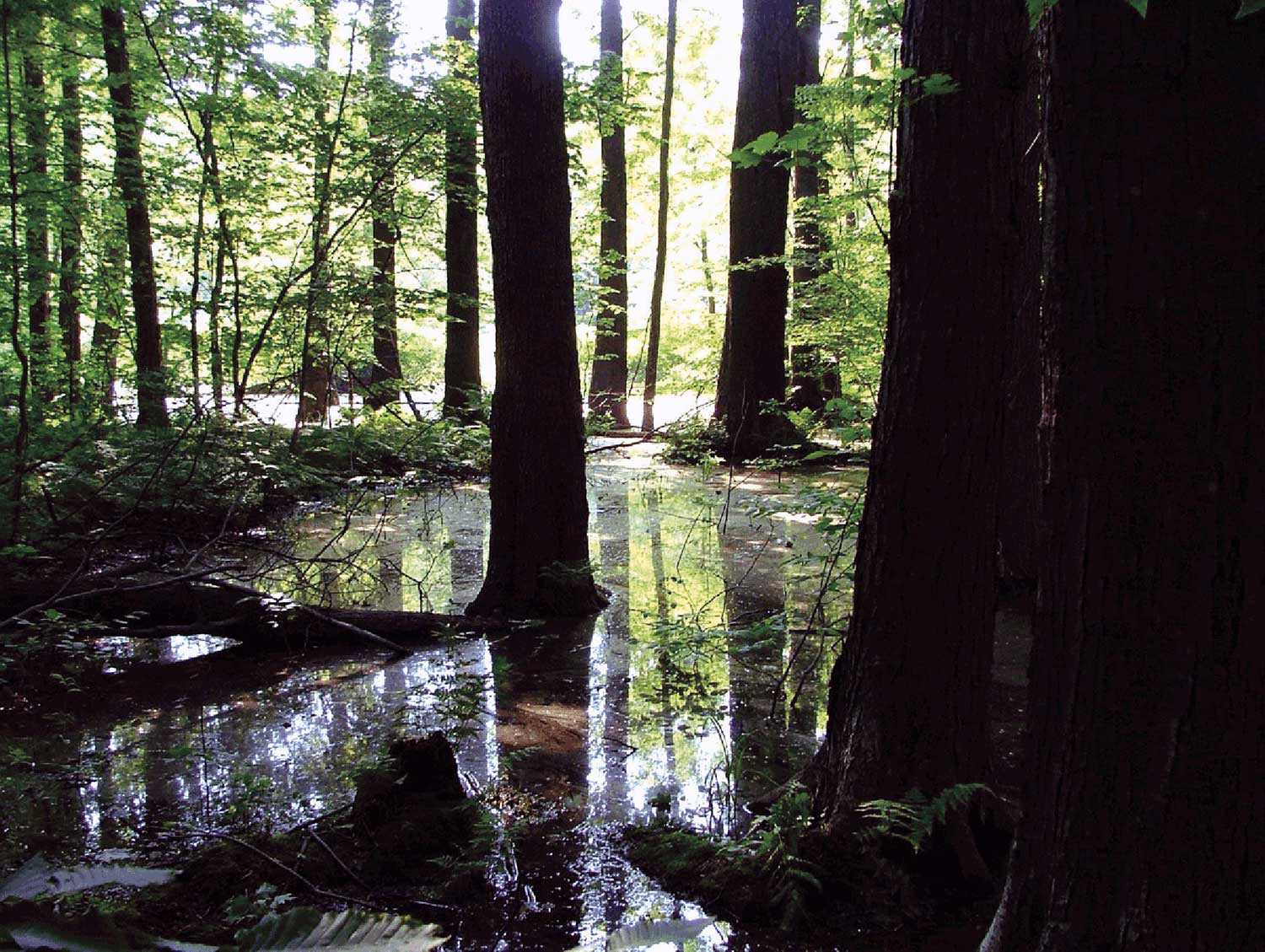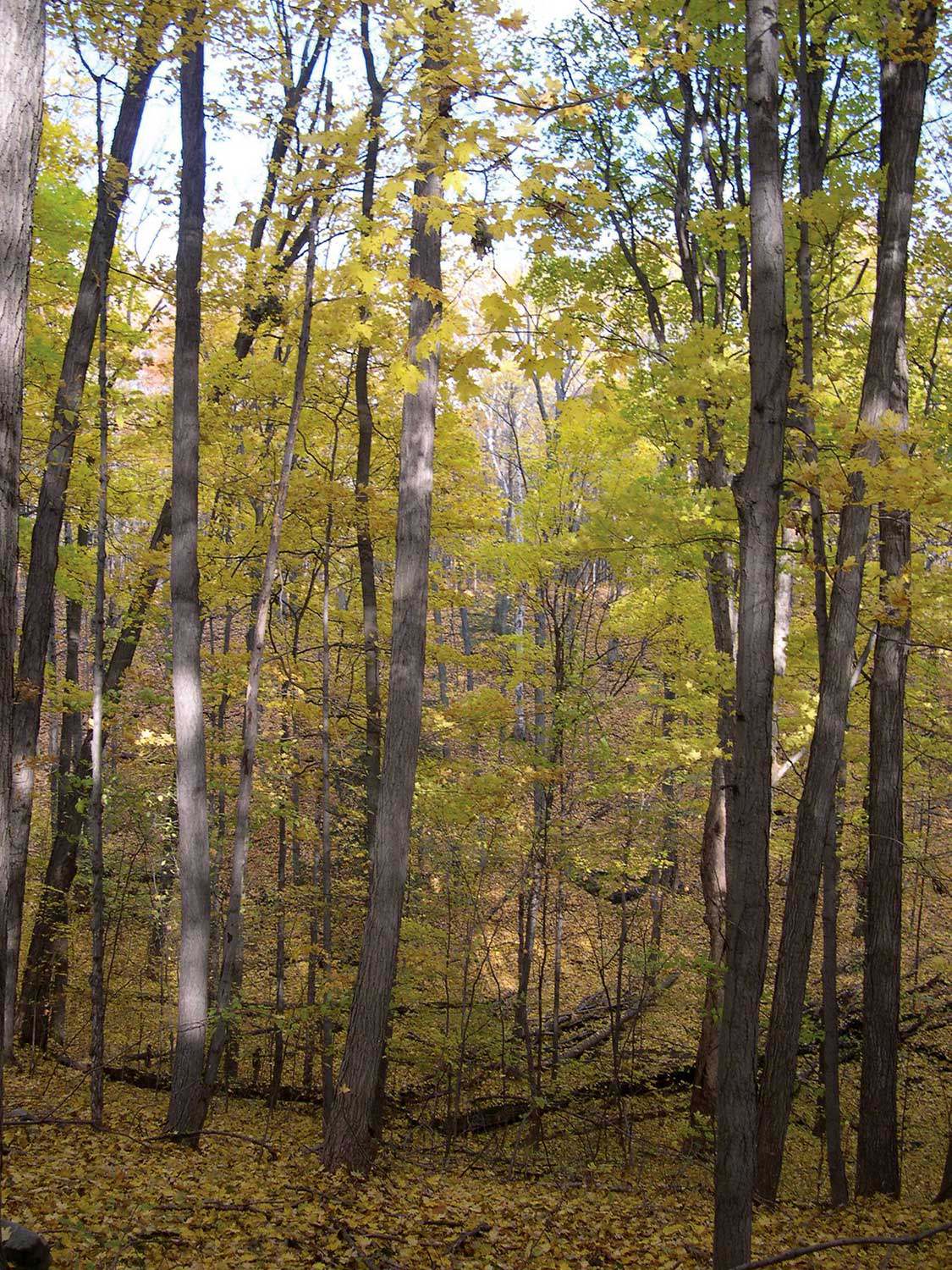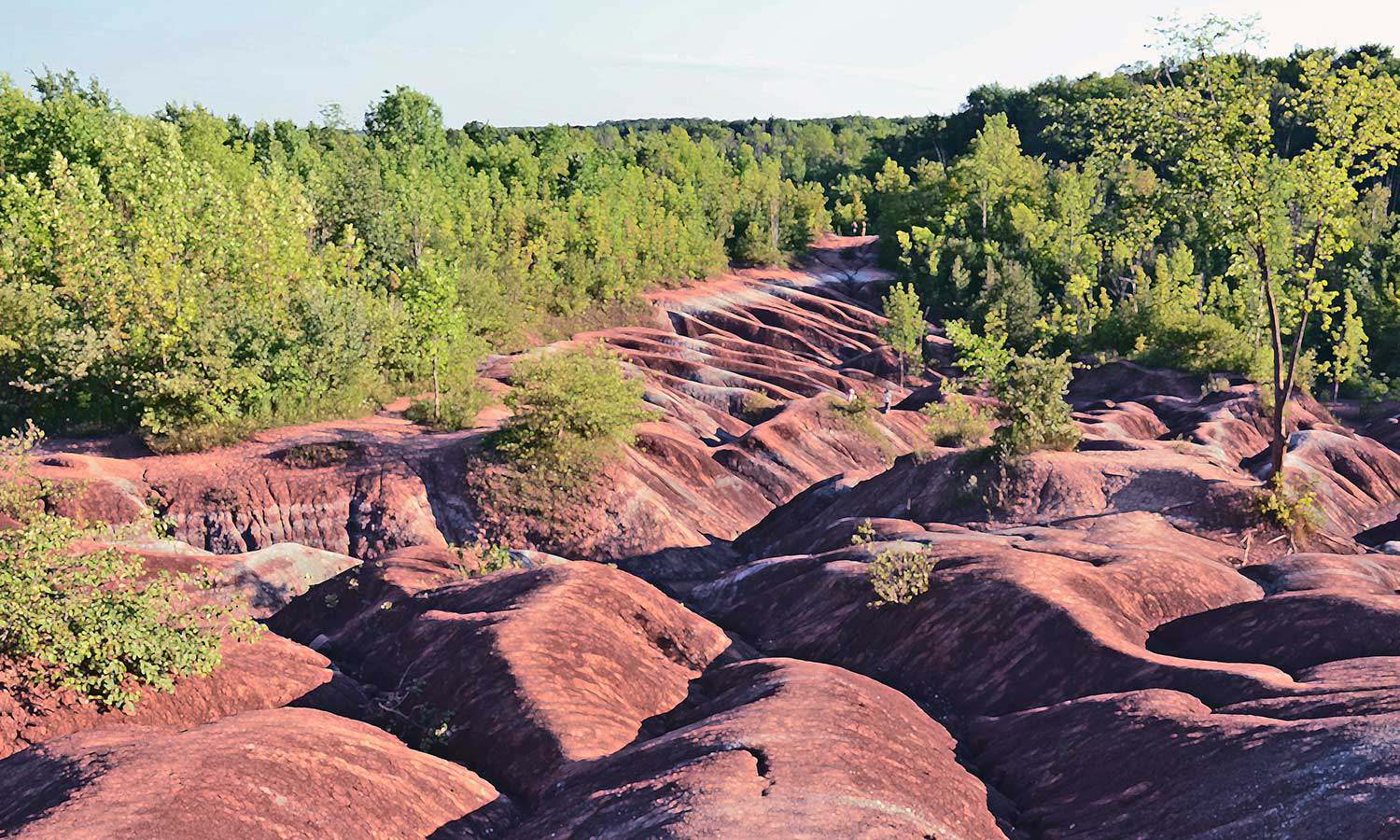

Browse by category
- Adaptive reuse
- Archaeology
- Arts and creativity
- Black heritage
- Buildings and architecture
- Communication
- Community
- Cultural landscapes
- Cultural objects
- Design
- Economics of heritage
- Environment
- Expanding the narrative
- Food
- Francophone heritage
- Indigenous heritage
- Intangible heritage
- Medical heritage
- Military heritage
- MyOntario
- Natural heritage
- Sport heritage
- Tools for conservation
- Women's heritage
Enhancing urban biodiversity
Inside the Gosling Wildlife Gardens
By Chris Earley
Most gardeners are biodiversity geeks. “What little plant can I cram in there? Which spring bloomer can I fit in here?” At the Gosling Wildlife Gardens at the University of Guelph Arboretum, we are even geekier. We also ask, “What butterflies will this flower attract?” and “Will the hummingbirds like this?” And, different from most gardeners, we actually hope the birds will eat the berries and the caterpillars will eat the leaves. That’s because we are trying to attract as many species to our gardens as we can to inspire visitors to create their own biodiverse backyards, providing food, water, space and shelter for wildlife.
Started in 1987, the Gosling Wildlife Gardens feature five backyard gardens:
- The Butterfly, Moth and Hummingbird Garden provides nectar for hummingbirds, moths, butterflies, bees, wasps, beetles, flies and other pollinators. It has a large pond for the aquatic stages of many insects, as well as frogs and toads, and a larval bed to encourage butterflies to lay their eggs. These two features make the garden an important site for all stages of a creature’s life cycle.
- The Lawn contrasts with the other gardens, displaying what most people have in their backyards – a large lawn. But this one is eco-friendly, because other plant species grow throughout it, and its borders of berry-producing serviceberries and dogwoods provide important foods for birds and small mammals.
- The more formal Native Plants Garden shows visitors how to use native species – which tend to be more wildlife friendly – in backyards, with gorgeous results. It also features a re-circulating stream that is a favourite bathing and drinking spot for orioles, indigo buntings, cedar waxwings, bluebirds and at least 15 other bird species.
- The Suburban Garden shows gardeners how to grow and harvest vegetables and still attract wildlife.
- The Small City Garden combines features of the other four gardens in a small space, demonstrating that all sizes of backyards can be wildlife friendly.
At this extraordinarily biodiverse site, over 70 bird, six frog, five reptile, 22 mammal and 35 butterfly species have been recorded to date. For more information on the wildlife we see here and how to attract it to your backyard, visit The Gosling Wildlife Gardens. Better yet, come for a visit!
To encourage visitors to learn about the wildlife in their own neighbourhoods, the University of Guelph Arboretum has published small guides full of photos and information.
Expanding urban biodiversity
By Brad Bass
Eminent biologist Edward O. Wilson refers to biodiversity as the complex myriad of living things on earth, from the smallest molecular organizations in soils to entire ecosystems. Biodiversity contributes to the hydrologic and biogeochemical life cycles that recycle the planet’s air, water, living and dead elements and nutrients.
Biodiversity is imperilled by three ongoing processes: deforestation, desertification and urbanization. Combined, these processes account for the global loss of almost 800 square kilometres of biodiverse sites per day. Yet, despite these losses, cities offer some of the best opportunities for expanding biodiversity, though not necessarily in the usual places.
Toronto’s natural heritage areas – those richest in native biodiversity – occupy only 14 per cent of the city; in Mississauga, the figure is less than 7 per cent. Municipal governments’ current method of expanding their biodiverse holdings is to acquire scarce additional land, typically existing woodlots or farms. Green-roof pioneers in Switzerland and the United Kingdom, however, have found that other urban areas yield unexpectedly high levels of biodiversity. They have discovered rare spiders and beetles on green roofs, rare spiders in brownfields and biodiverse ecosystems thriving in hostile or unusual urban spaces.
Some of these unusual, unused ecosystems – roofs and walls, both outdoors and indoors – have to be designed for engineered spaces, much in the same way as rain gardens. A few well-known modifications can be made to a green-roof design that will allow it to become a biodiverse habitat. A vertical ecosystem requires a design that can support a diversity of plants, allowing them to work together. Robert Cameron, a PhD student at Penn State University, has designed a vertical wastewater treatment system for a wall. He has also integrated this design into a shower, allowing its grey water to be used by plants living on the walls. Some of the living-wall designs used for outdoor sound barriers contain a sufficient amount of soil to provide opportunities for diversification. An indoor wall can also be transformed into a vertical rainforest, complete with a river and satellite ecosystems in other rooms, providing building-wide air purification and carbon dioxide uptake.
Expanding biodiversity in cities requires a cross-disciplinary endeavour between engineering and ecology, inspired by a new vision of urban infrastructure. But it can be achieved!




